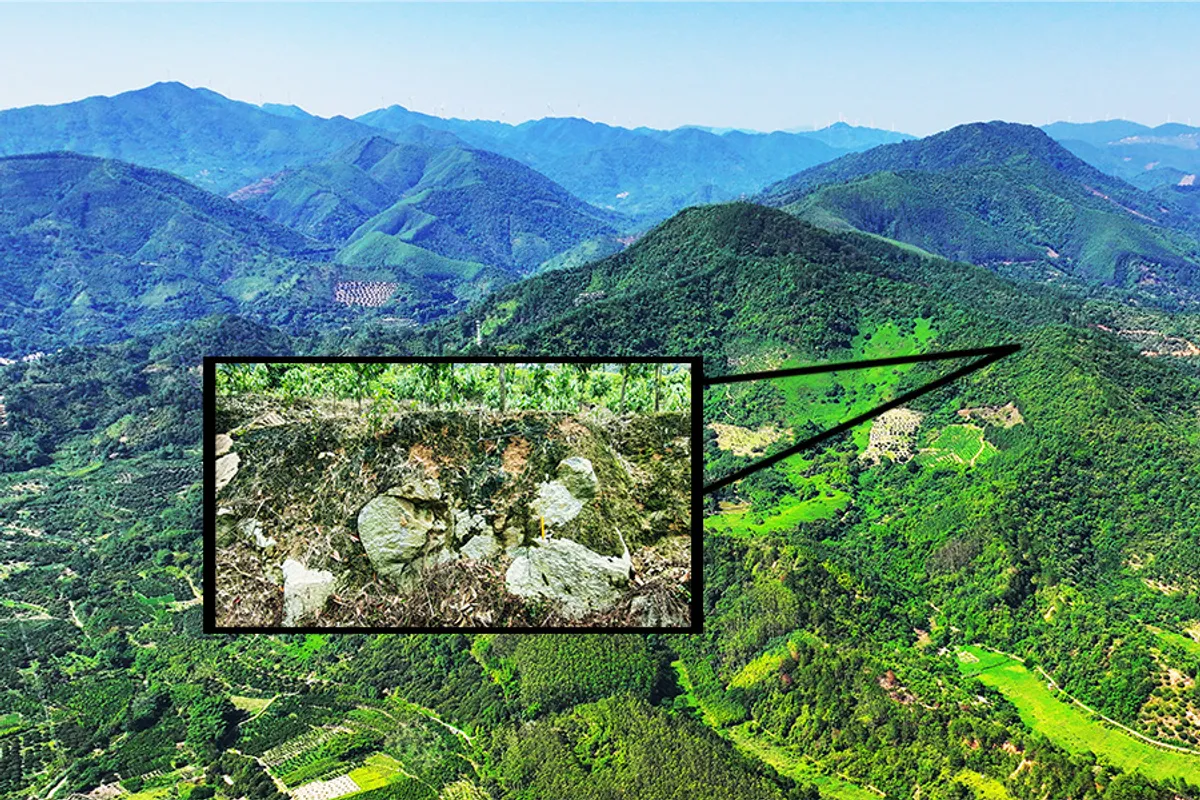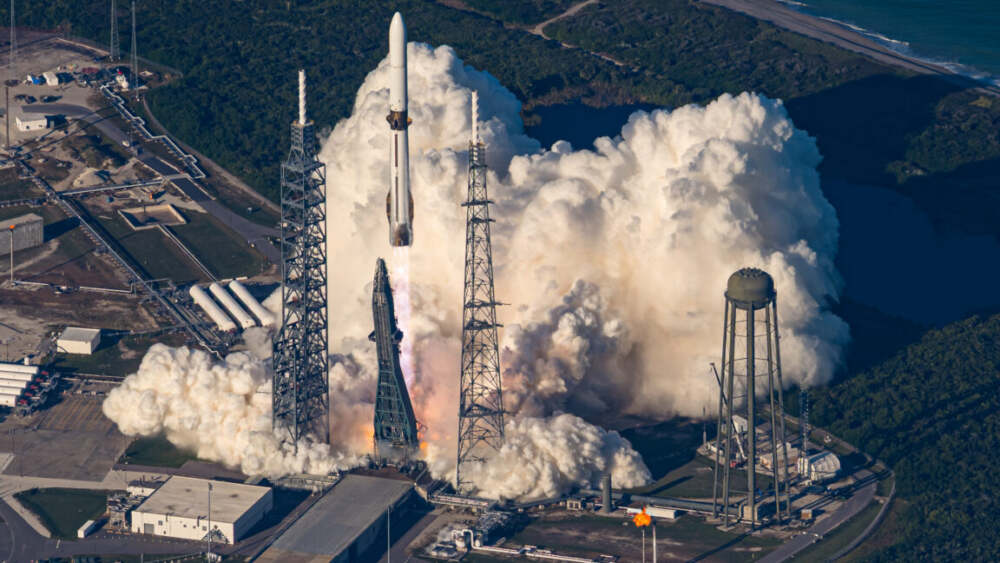The Sun unleashed an intense X4‑class flare earlier today, marking the second-strongest solar eruption of 2025. The powerful burst of radiation disrupted high-frequency radio communications over much of Africa, highlighting the growing impact of solar activity on modern technology.
The Event
The flare originated from a highly active sunspot, designated AR4274, which has produced several major eruptions in recent days. At the time of the flare, the burst of X-rays and extreme ultraviolet light ionized Earth’s upper atmosphere, causing radio blackouts particularly in central and eastern Africa.
Although a coronal mass ejection (CME) accompanied the flare, experts indicate that the plasma cloud is expected to largely miss a direct strike on Earth. Nonetheless, the flare itself had immediate effects on communication systems, emphasizing the Sun’s ongoing influence even without a direct geomagnetic impact.
Impacts and Risks
- Communication disruptions: High-frequency radio signals were temporarily blocked, affecting aviation, maritime operations, and emergency communications in the affected regions.
- Satellite and navigation systems: While no significant damage has been reported, solar flares can interfere with GPS signals and satellite electronics.
- Auroras at lower latitudes: Charged particles from the Sun could create auroras visible farther from the poles than usual, offering both a spectacular view and a reminder of solar power.
Solar Cycle Context
The Sun is currently in its active Solar Cycle 25, which has already produced multiple strong flares this year. Scientists warn that highly active sunspots like AR4274 could trigger additional powerful eruptions as they rotate into more favorable positions facing Earth.
What to Watch For
Residents and operators of sensitive systems are advised to monitor space weather alerts for potential geomagnetic storms. Skywatchers should also be alert for auroras in unusual latitudes over the next few days as residual charged particles interact with Earth’s magnetic field.
Bottom Line
This X4-class flare serves as a reminder of the Sun’s dynamic and sometimes disruptive influence on Earth. Even without a direct CME impact, radiation from solar flares can affect communications, navigation, and electrical systems. As solar activity continues to peak, both technological infrastructure and the public need to stay informed about space weather events.
















Leave a Reply